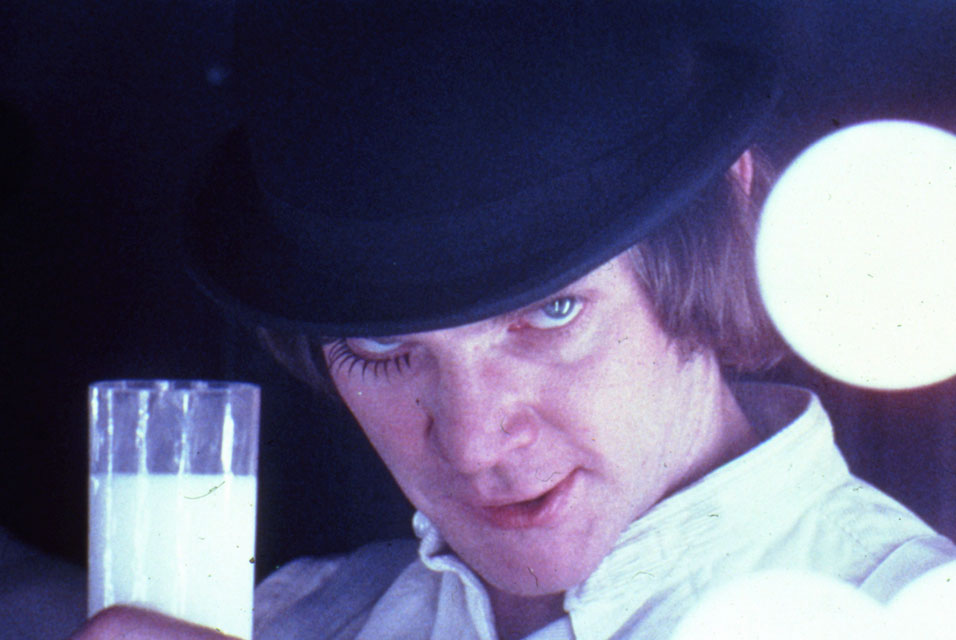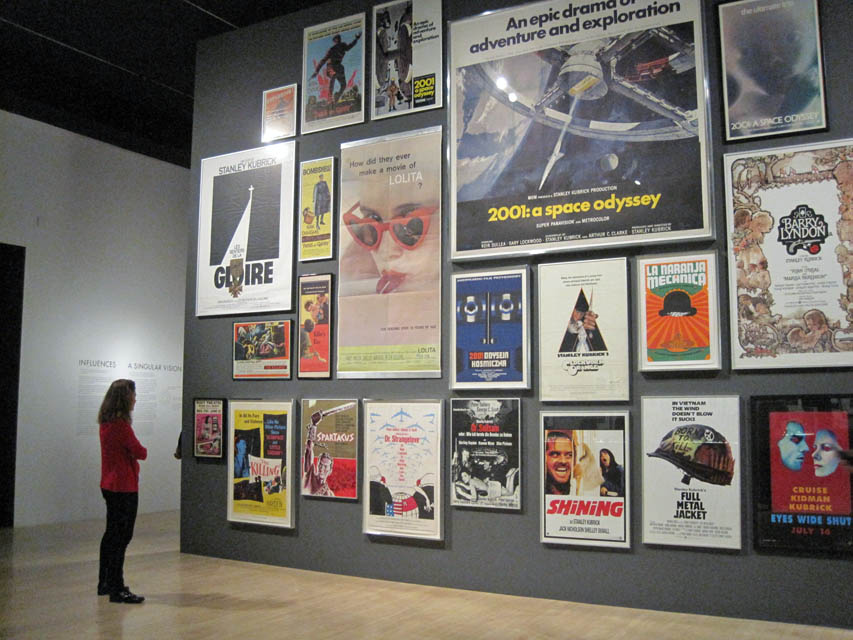 Courtesy of www.allartnews.com
Courtesy of www.allartnews.com
29 November, 2012
MODERN ART: The timeless works of Stanley Kubrick are put on display.
By Cole Nelson, Staff Writer
Stanley Kubrick was an audacious American filmmaker and director with 13 feature films under his belt (including 2001: A Space Odyssey, A Clockwork Orange and The Shining). Kubrick began his cinematic career in 1948, at the age of 17, as an apprentice photographer for Look! Magazine. This occupation ultimately resulted in the meticulous perfectionist accusations Stanley so often receives; at times he would film over 100 takes of a single scene just to get “that perfect shot.” Kubrick slowly, yet surely, built up his reputation as a filmmaker by writing and adapting his own screenplays as well as personally creating the Academy Award-winning special effects for his films. The word “mistake” was not in his vocabulary; every shot, edit and line of dialogue is so appropriately placed in his work for a reason. The man redefined film genres for the better. Due to his innovative and groundbreaking filmmaking style, Kubrick’s profound films are still studied, long after his unfortunate death-by-heart-attack in 1999.
The Los Angeles County Museum of Art (LACMA) recognized the American director as not just the man behind the scenes, but also as a true artist. To pay homage to him and his timeless works, the museum created an exhibition (lasting from November 1, 2012 to June 30, 2013) under the name Stanley Kubrick. With separate rooms designated for specific Kubrick masterpieces, the exhibit is an analytical review of the man’s outstanding and secretive career. The exhibition features several props, annotated scripts, costumes and camera equipment (most notably the wide angle lens used as HAL 9000’s eye in 2001: A Space Odyssey). Surprisingly, the exhibition also includes a reflection on two projects Stanley was unable to complete, Aryan Papers and Napoleon, in addition to a photo summary of his time with Look! Magazine.
 Courtesy of www.laobserved.com
Courtesy of www.laobserved.com
Having personally visited the exhibit on the third day after it opened, I highly recommend a visit whether you’re an aspiring filmmaker or just have a liking for Kubrick films. Stanley Kubrick offers an extremely in-depth and never-before-seen look into not only his films, but also his personal life and how it is reflected in his work.
From his personal annotations and notes to the numerous props used in his films, I was highly impressed at the enormous amount of information the exhibit provides on the man, given that he led a very secretive life and stayed clear of press and television interviews. Specifically, the sight of the typewriter that Jack Nicholson uses in The Shining to repetitively type “All work and no play makes Jack a dull boy” is significantly more unsettling in person.
Kubrick is one of a few truly gifted American directors. The LACMA exhibit undeniably demonstrates his extraordinary ability to convey emotions and ideas through the medium of cinema—a medium that he mastered. In reference to his career, Stanley once said, “If it can be written, or thought, it can be filmed.”
